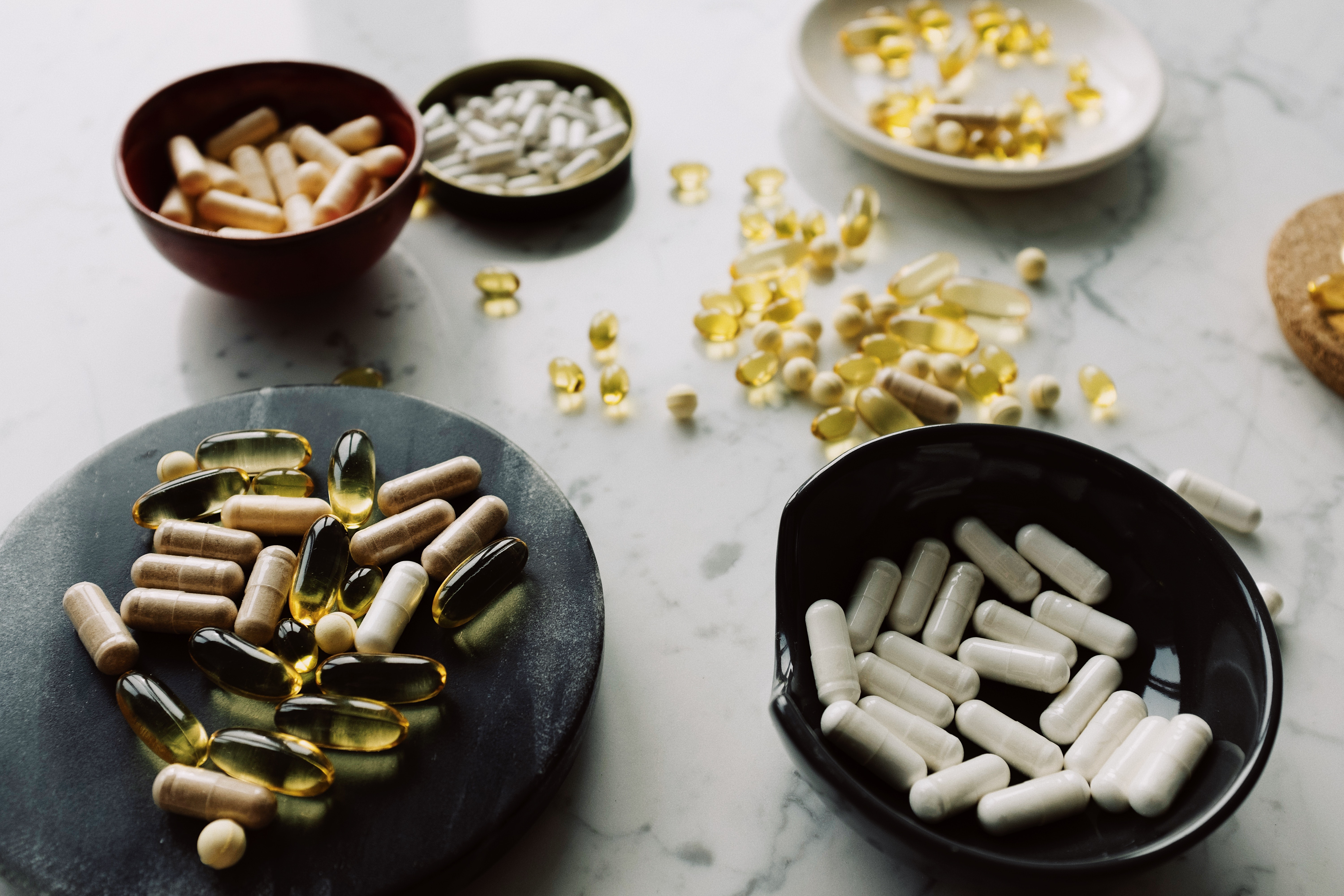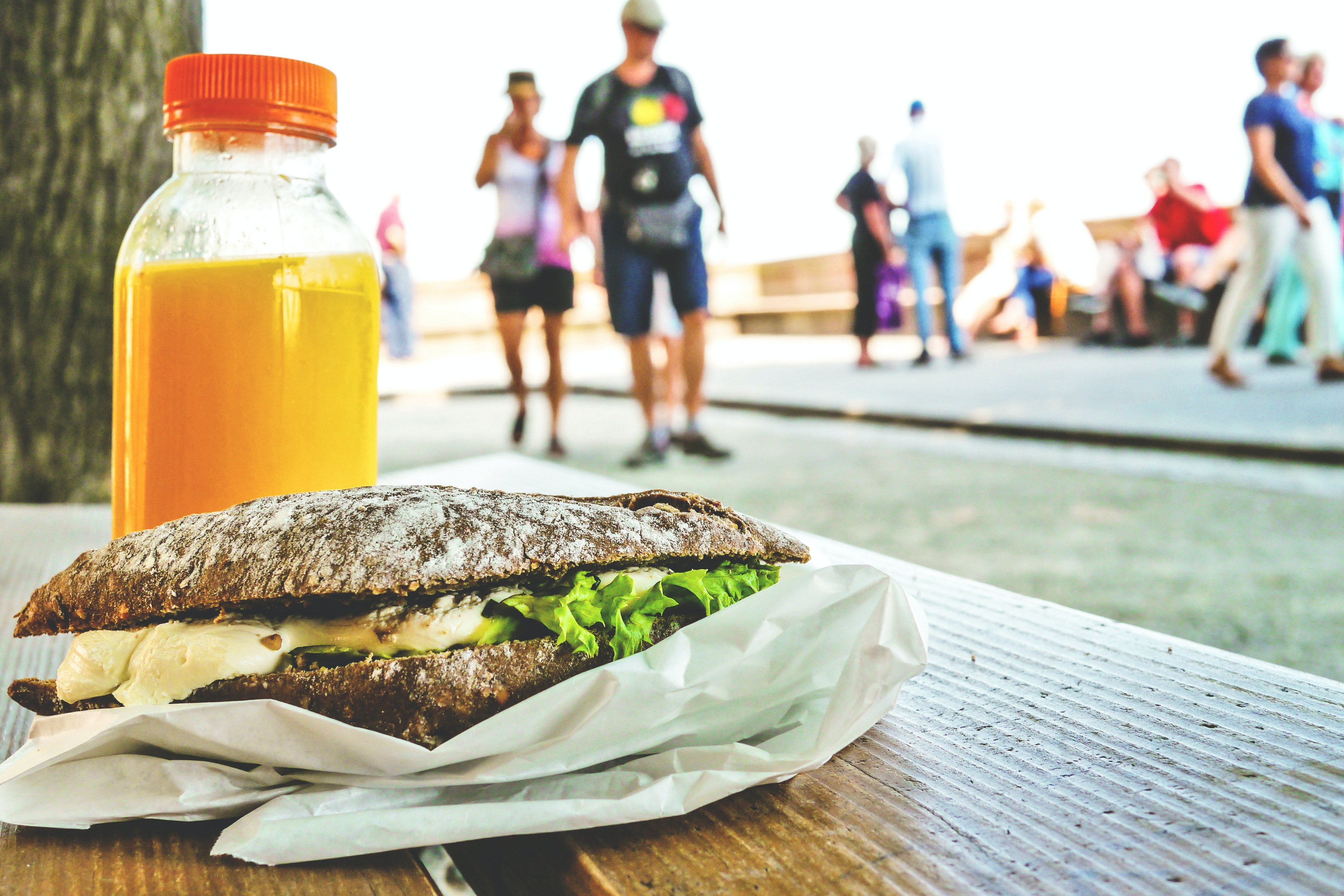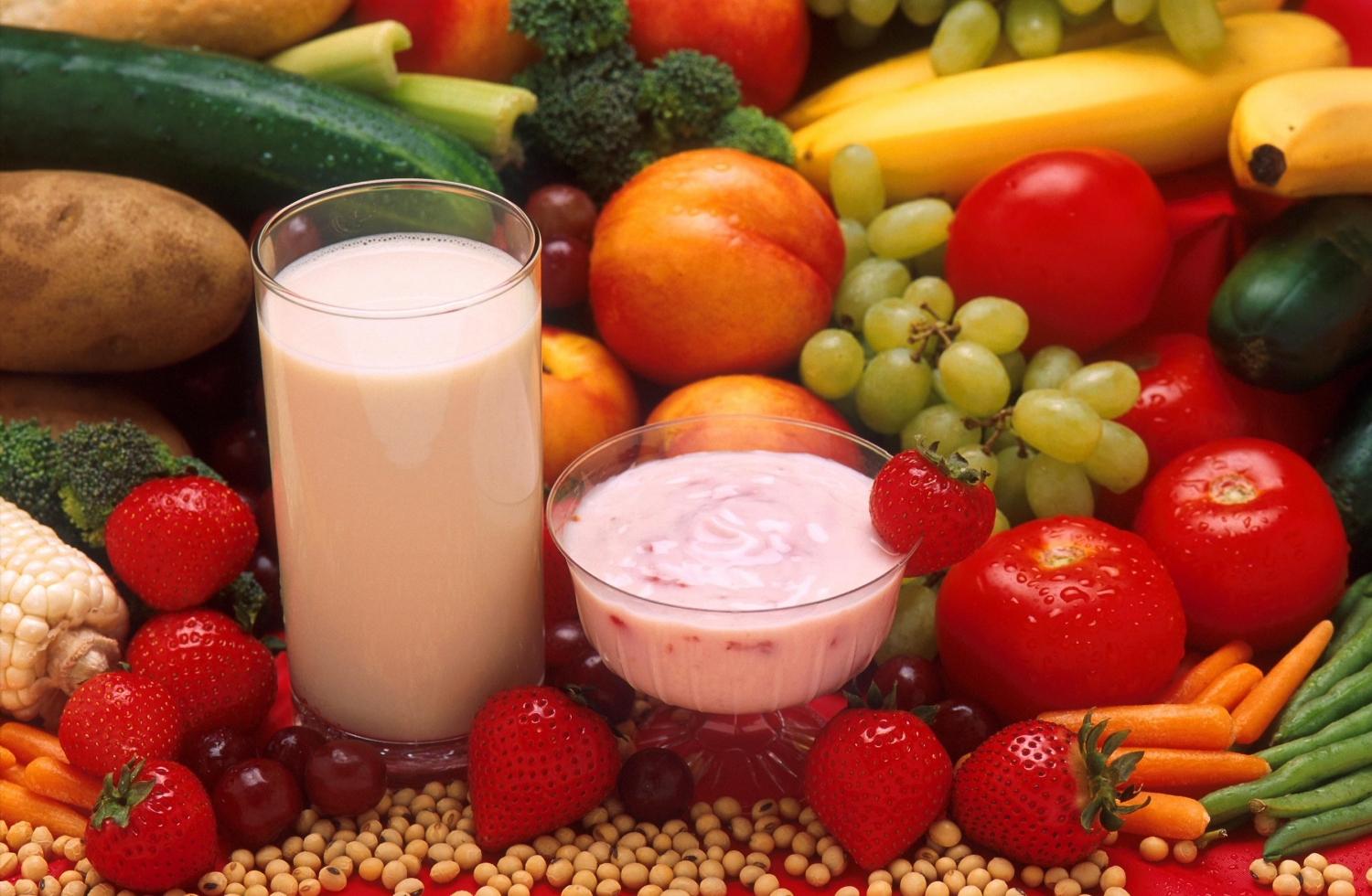Athletic Nutrition - Fueling for Peak Performance

In elite competition, the pool of athletes at the top is small, the margins of improvement narrow. What more can you do to maximize your performance when changes in your training and recovery methods are so incremental? Turn to your nutrition—the aspect of performance with a constantly evolving landscape. As research continues to inform our recommendations, it is up to you to determine your nutritional needs and how to obtain them. Let’s dive into what you need to know now.
Know Your Protein
Athletes have different protein needs from the general population due to a need to maintain greater lean muscle mass than the average individual. We discussed the protein needs in our recovery article, but what about the different sources of protein available? Both protein powders and naturally occurring protein in food vary in their absorptive rates in the body. Naturally occurring protein in foods offer easy ways to hit your protein quota (1.5g protein/kg bodyweight). Get to know the protein content in the foods you eat, starting with this list here:
|
Food |
Serving Size |
Protein (g) |
|
Steak |
3 oz |
26 |
|
Turkey |
3 oz |
25 |
|
Eggs |
1 large egg |
6 |
|
Salmon |
3 oz |
22 |
|
Lentils |
½ cup |
9 |
|
Edamame |
½ cup |
9 |
|
Quinoa |
½ cup |
4 |
|
Spinach |
½ cup |
3 |
|
Peanut butter |
1 Tbsp |
7 |
|
Almonds |
1 oz |
6 |
|
Flax seeds |
1 oz |
6 |
|
Chia seeds |
1 oz |
5 |
|
Cashews |
1 oz |
4 |
|
Greek yogurt |
6 oz |
18 |
|
Cottage cheese |
4 oz |
14 |
|
Plain yogurt (nonfat) |
1 cup |
11 |
|
Milk, skim |
1 cup |
8 |
|
Soy milk |
1 cup |
8 |
|
Mozzarella cheese |
1 oz |
7 |
|
Chicken breast |
3 oz |
28 |
|
Chocolate milk (1%) |
1 cup |
11 |
When thinking about protein powders, here is a snapshot of your options.
Whey Protein:
- Animal source
- “Complete” protein source because it contains all essential amino acids
- Fast-absorbing and ideal for repairing broken down muscles
- Great for pre-workout fuel and immediate post-workout replacement
- Biological value (efficiency of triggering protein synthesis) = 104
Soy Protein:
- Plant source
- Ideal for lactose intolerant athletes
- Intermediate absorption rate
- Ideal in the formation of new muscle mass
- Provides anti-oxidative benefits
Casein Protein:
- Makes up 80% of dairy milk protein
- Slowest absorption rate, yet elevates free amino acids in the body for the longest period time to build muscle hours after exercise
- BV = 77
Dairy vs. Soy vs. Almond Milk
From post-workout refueling to how you take your coffee, milk alternatives are ubiquitous. Let’s compare the different nutritional facts here.
Dairy Milk
- Pros: highest overall protein content, high calcium and vitamin D
- Cons: natural source of cholesterol and saturated fat
Almond Milk
- Pros: high in vitamin E, low in calories, good alternative for lactose intolerant individuals or those trying to limit their caloric intake
- Cons: low in protein (1g per serving!), high sugar content unless you opt for the unsweetened variety
Soy Milk
- Pros: of the non-dairy options, it contains the highest protein (6g per serving), cholesterol free, low saturated fat
- Cons: low calcium and vitamin D unless fortified
Choose your milk or milk alternative based on your personal nutrition goals. If post-workout recovery is the primary objective, dairy milk provides the blend of sugar and protein optimal for muscle regeneration. If minimizing sugar content is what you need, plain soy or almond milk may suit you. This chart puts it all together:

Eat Breakfast. Every Day.
What can your breakfast do for you?
- Replenish glycogen stores
After a 7-8 hour overnight fast, breakfast is essential to replenish the glycogen stores lost during sleep. Athletes who do not eat breakfast are at risk of starting their training session in an energy deprived state, especially if the first workout is in the morning.
- Improve weight management
Eating a well balanced breakfast is associated with lower energy intake throughout the day. A skipped breakfast often leads to hunger by mid day that could be satisfied with poor food choices on the go. The best way to avoid this is to plan your breakfast meal so that you have a particular time set aside in the morning for your nutrition.
- Improve concentration and cognition
Breakfast provides the brain with fuel to run on. The brain is greedy and will preferentially sequester glucose for itself before muscles can get ahold of it. Your concentration is essential to being consistent in training and in your other daily commitments.
How Nutrition Helps Heal Injury
When athletes get injured, their energy expenditure drops due to reduced physical activity, but not as much as some may think. The healing process is taxing on the body, and it is important to support it with the proper nutrients. While you may drop the calories slightly during periods of inactivity, make sure to maintain your protein intake to minimize muscle mass loss. Maintaining your muscle tissue will mean a faster return to baseline once your injury is healed. In the acute phase of an injury, inflammation is of primary concern. During the healing process, there is an acute phase of local inflammation that eventually resolves. There are both pro- and anti-inflammatory foods to choose from. While a short period of local inflammation is a normal part of healing, chronic, diffuse inflammation brought on by a number of factors, including a poor diet, can be damaging to the body. Foods with simple sugars, also termed high glycemic load foods, are pro-inflammatory. Whether injured or healthy, choose low glycemic index foods with complex sugars that absorb slowly in the body and do not cause spikes in your blood sugar or insulin levels.
Nutrition on a Budget
The most practical takeaway for your nutrition is how to get away with a healthy diet on a dime. A considerable component of elite nutrition involves fresh produce and whole foods. Athletes can still balance their budget buying fresh instead of processed foods if they pay attention to the labels. Check online to see which types of produce are better purchased organic and which ones are less affected. Use some whole foods as staples (most fruit, veggies, yogurt, legumes, whole grains, tofu, eggs) and some as luxury (berries, locally sourced vegetables, choice meats). Please refer to our detailed post regarding nutrition budgeting on the BridgeBlog.
References:
- http://nutritiondata.self.com/
- Brown, Erin et al. (2004) Soy versus whey protein bars: Effects on exercise training impact on lean body mass and antioxidant status. Nutrition Journal 2004, 3:22
- http://www.fitday.com/fitness-articles/fitness/body-building/which-is-best-soy-protein-or-whey.html
- http://www.nutritionexpress.com/showarticle.aspx?articleid=787
- http://www.precisionnutrition.com/whey-vs-casein
About the Author

At Bridge, we are all athletes and coaches first. As athletes, our team has experienced everything from riding the pine on JV, to winning NCAA championships, to competing in the Olympic Games. As coaches, we have helped countless athletes reach their full potential, winning everything from age group section championships to Olympic Gold Medals.
Related Posts

Supplement Safety with Tactical...
Dietary supplements seem like the "magic pill" a tactical operator needs to perform better,...

Eating Healthy on the Go: Tips for Busy...
It's no secret that tactical professionals have weird schedules. So why do health professionals...

Post-Training Nutrition for Tactical...
Eating after a workout can be a challenge for tactical professionals. Having grab-and-go fuel...


